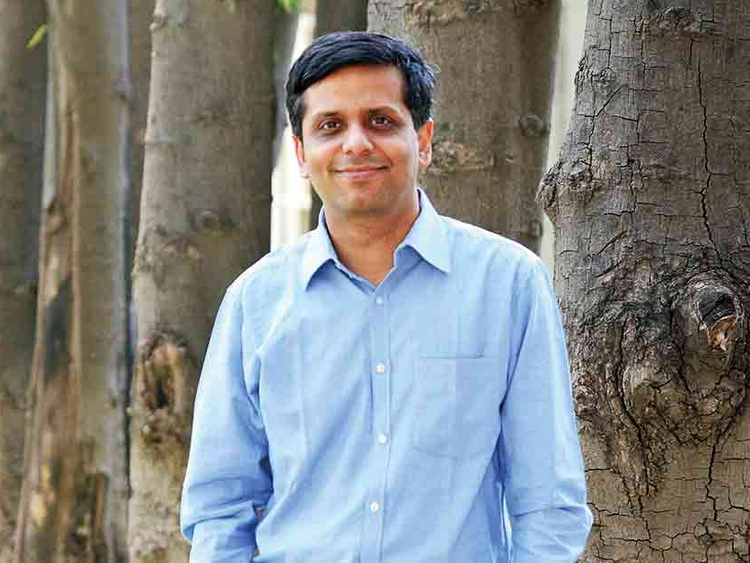The world’s demographics are changing sharply, influencing health and disease patterns. With populations ageing worldwide, there is an increased burden of chronic and non-communicable diseases on economies. The number of lifestyle diseases is also rising, increasing healthcare spends across
the world. Many basic healthcare issues involving communicable diseases, maternal and child health, lack of coverage and access continue to plague a large population of the world. However, the big upside of challenges is that they come with new opportunities.
These opportunities are being driven by the changing notion of healthcare. This includes an increased prevalence of collaboration, an integrated view of cure and prevention, illness and wellness, and a shift from the stand-alone medical systems to a holistic view of nutrition and medicine.
There are also shifts from mass therapies to targeted therapies, from chemistry and biology to an integrated play of technology and data that encompasses prediction, prevention, diagnosis and cure.
These shifts make India more relevant to the healthcare space than ever before. This is due to the advantages the country has in providing good-quality products and high-capability services at a sustainable cost.
Indian firms are increasing their investment in R&D and infrastructure to target longer-term opportunities. These are leading to higher innovation thresholds and an upward progression in capabilities.
Along the value chain these are causing a shift from reverse engineering to complex chemistry, leading to the development of speciality medicines, novel drug delivery mechanism and new molecular entities.
Global role
India’s contribution to healthcare goes back thousands of years, starting with Ayurveda. Today it spans across the realms of alternative medicine, supply of doctors, nurses and medical tourism. Hundreds of thousands of patients from all over the world visit India for low-cost and good-quality medical interventions.
Indian pharma is the world’s pill factory and the largest producer of generic medicines in terms of units.
More than 70 per cent of essential medicines for developing countries come
from India. The country supplies a host of essential, life-saving products to places across the world that face a shortage of drugs.
All of these continue to strengthen India’s position as a global hub for innovative, high-quality, accessible and affordable medicines.
Indian pharma will play an important role globally in the future by not only making medicines affordable but also making difficult-to-manufacture medicines accessible across the world.
The outlook
In addition to pharma, there is an immense scope for enhancing penetration of healthcare services in India, thus presenting ample opportunities for the development of the industry.
These services range across the spectrum, from basic healthcare access to wellness and lifestyle services. India’s biotechnology industry is expected grow at an average growth rate of around 30 per cent a year for the near to midterm.
Overall, the Indian healthcare sector is expected to advance at a compound annual growth rate of 20-22 per cent during 2016-2022 to reach between $350 billion (Dh1.28 trillion)-$400 billion by 2022.
From hospitals and diagnostics to medical equipment, health insurance and nutrition, opportunities in healthcare are manifold. Qualitatively as well as quantitatively, healthcare education, starting from basics to medical and nursing colleges, is in serious need of scaling up.
Large investments by private sector players are likely to contribute significantly to the development of the country’s hospital industry, which comprises around 80 per cent of the total market. India’s natural advantage in computers and IT is likely to present multifaceted opportunities at the intersection of healthcare and technology.
There is a massive headroom for growth and collaboration leading to impactful healthcare solutions.
Government initiative
The Indian government’s National Health Protection Scheme announced in 2018 is intended to benefit 100 million poor families in the country, which covers up to Rs500,000 (Dh26,781) per family annually for secondary and tertiary care hospitalisation.
This is a signal of great intent, however, the measure of success will be in its execution.
However, this does provide an opportunity for global insurance players to invest in India to increase the scope of healthcare coverage.
In short, India is potentially a high-growth market with vast opportunities in the healthcare space. Collaboration between governments, healthcare service providers, pharmaceuticals, and technology, finance and insurance companies, within India and outside, will be a key aspect of the way forward.
The Indian healthcare sector offers a great opportunity to collaborate and participate in, thereby making a difference to millions of people globally.
- The writer is Vice-President and Global Head for the Custom Pharmaceutical Services (CPS) business at Dr Reddy’s. All views expressed are the author’s own.








